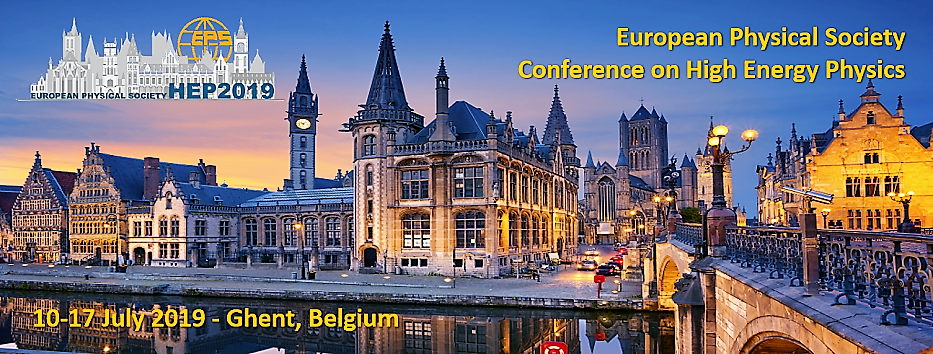Speaker
Description
The sources of cosmic-rays beyond the knee of the cosmic-ray spectrum 10$^{15}$eV (= 1 PeV) are not firmly discovered yet. Supernovae remnants (SNR) have been proven to be able to accelerate cosmic-rays up to ∼ 10$^{14}$eV, but not beyond. Supernovae (SNe), the precursor phase of SNRs, are good candidates for PeV acceleration as some recent theoretical studies indicate that particles with PeV energies and beyond shall be produced as the SN shock propagates in a very dense environment and this may result in measurable gamma-ray emission.
In that context, we searched for gamma-ray emission from ten supernovae observed with the High Energy Stereoscopic System (H.E.S.S.) within a year of the supernova event. No significant gamma-ray emission was detected for any of the objects, and upper limits on the > 1 TeV gamma-ray flux of the order of ~10$^{-13}$cm$^{-2}$s$^{-1}$ are derived. These values are used to place model-dependent constraints on the mass-loss rates of the progenitor stars, implying upper limits between 2 x 10$^{-5}$ and 2 x 10$^{-3}$ M⊙.yr$^{-1}$ , under reasonable assumptions on the particle acceleration parameters. Furthermore, the prospect of a future > 1 TeV gamma-ray detection of a young supernova is investigated and found to be a distinct possibility with H.E.S.S. or the Cherenkov Telescope Array (CTA).




